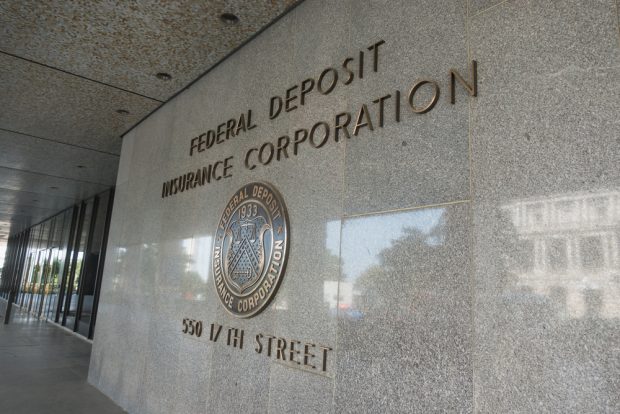ARLINGTON, Va. – Check 21 is inching closer to being finished. Disputes that have stalled the legislation have been worked out, and all signs at this point are the bill's a go. But even once the bill to facilitate electronic check clearing is passed by Congress, it will still be up to the Federal Reserve to craft the regulations. NAFCU Communication Manager John Zimmerman said House Financial Services Committee Chairman Michael Oxley (R-Ohio) told the NAFCU Congressional Caucus on Sept. 24 that “the bill (Check 21) was very close to being finished.” Zimmerman added that the bill “has wide support in both the House and Senate, and all of the major holdups are close to being removed. It looks like a smooth course from here, but anything can happen.” In the days and months leading up to that, the Fed and AirNet Systems, the largest check transportation company in the U.S. reached an agreement requiring the Fed to disclose the expenses and revenues of transporting commercial checks between processing facilities. Back in May, the House Subcommittee on Financial Institutions and Consumer Credit approved by voice vote an amendment offered by Rep. Artur Davis (D-Ala.) to an amendment offered by Rep. Spencer Bachus (R-Ala.) that clarifies the subsection of the bill concerning the nature of a substitute checks. The approved amendment clarifies that a consumer would not be required to produce a substitute check when requesting a correction of a bank error. At this point, the House and Senate conference committee still has to reconcile differing versions of the bill adopted in June. But even when Check 21 is finally passed, it will still be 12 to 18 months for it to go in to effect and for financial institutions to be in compliance, depending if the House or Senate version is adopted. But once Check 21 is passed, the Fed will have to get to work writing the regulations, and how long that will take to be completed depends on what's going on at the Fed, said NAFCU Associate Director of Regulatory Affairs Bill Hall. After the Fed writes the regulations, it will then have to put them out for comment before the agency issues final regulations. “The Fed has looked at this for a long time, it's not like it hasn't been on their drawing board. So it's not new to them,” he said. “A lot of the leg work has already been done.” So what will the regulations look like? At this point it's still speculation, said Hall, but what's known for sure it the language of the measure has multiple provisions that addresses issues such as substitute checks, how the law interacts with state laws and other federal laws, and substitute check warranties. Keeping in mind that the objective of the law will be to increase efficiencies in the U.S. payment system and enable check truncation from the first time a check is deposited to when it comes to an institution for payment, “it's important to remember that the types of electronic payments that now move through the system are done by contractual agreement. The Act wouldn't require contracts,” said Hall. Even though financial institutions would have the option of accepting digital item, Hall said the incidence of financial institutions that are expected not to rely on digital items is low. -
© Touchpoint Markets, All Rights Reserved. Request academic re-use from www.copyright.com. All other uses, submit a request to [email protected]. For more inforrmation visit Asset & Logo Licensing.






